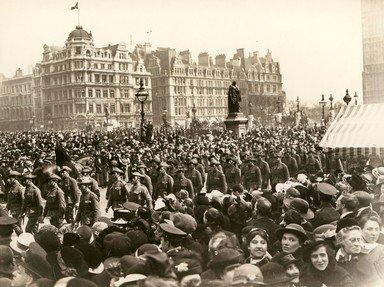
Putting Some Order into the Second Millennium Quiz
The second millennium AD included many billions of events over one thousand years of history, but this quiz just relies on you knowing (roughly) when a mere ten of them took place. As an additional hint, they all occurred in different centuries.
This is a renovated/adopted version of an old quiz by author JaneGalt
An ordering quiz
by Fifiona81.
Estimated time: 3 mins.